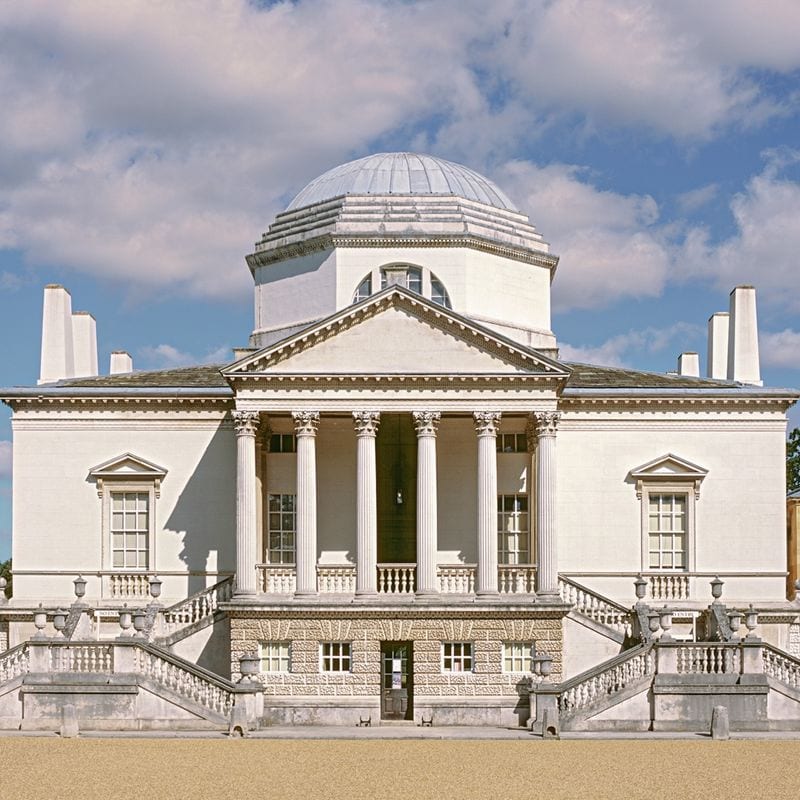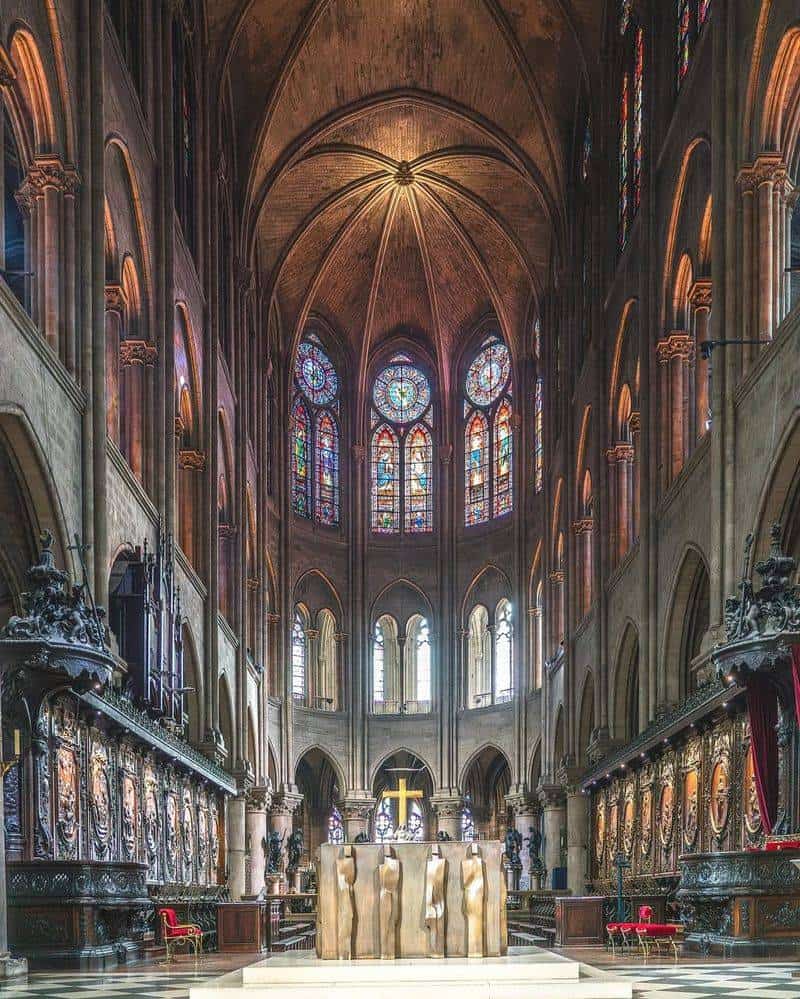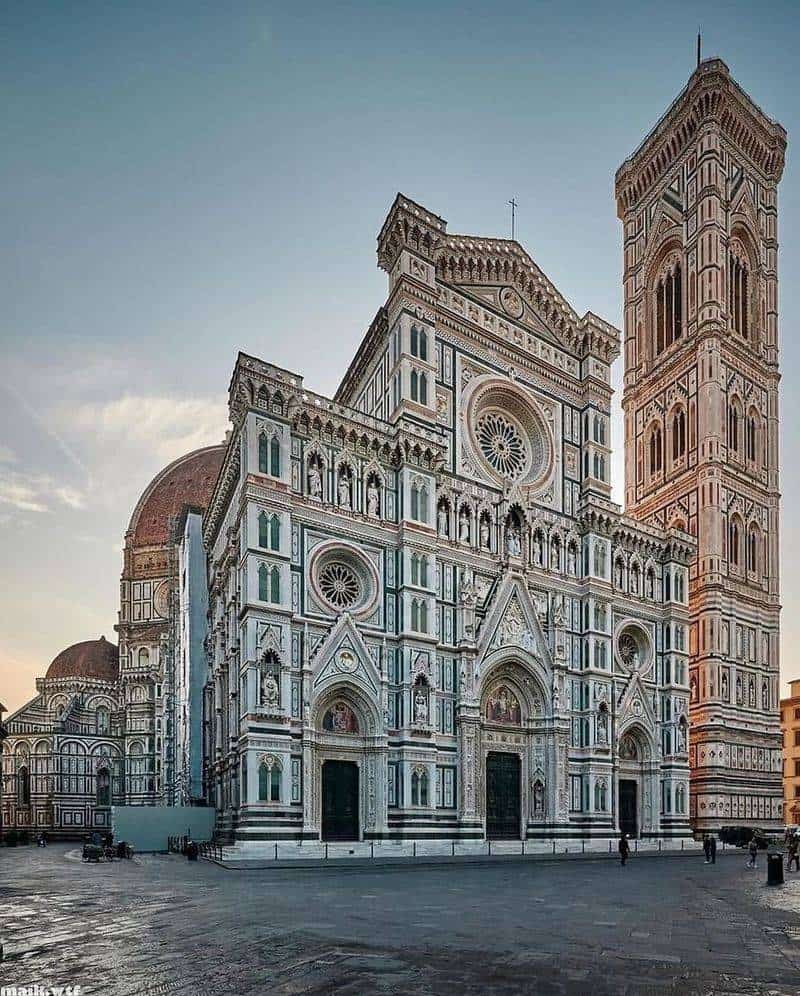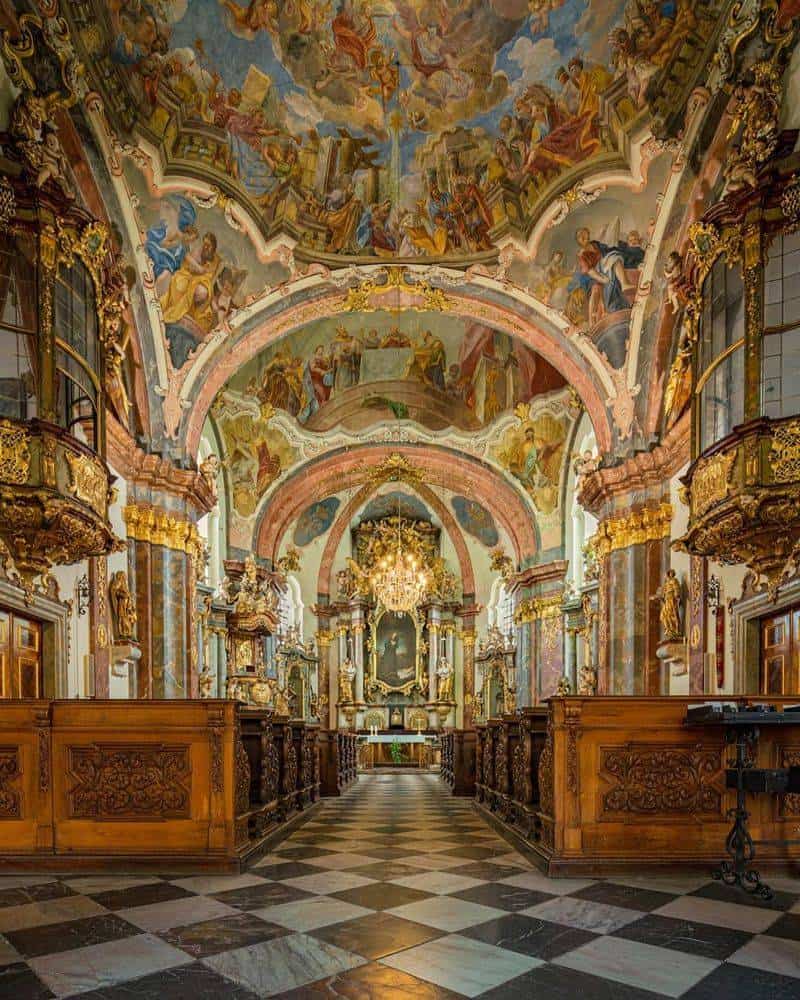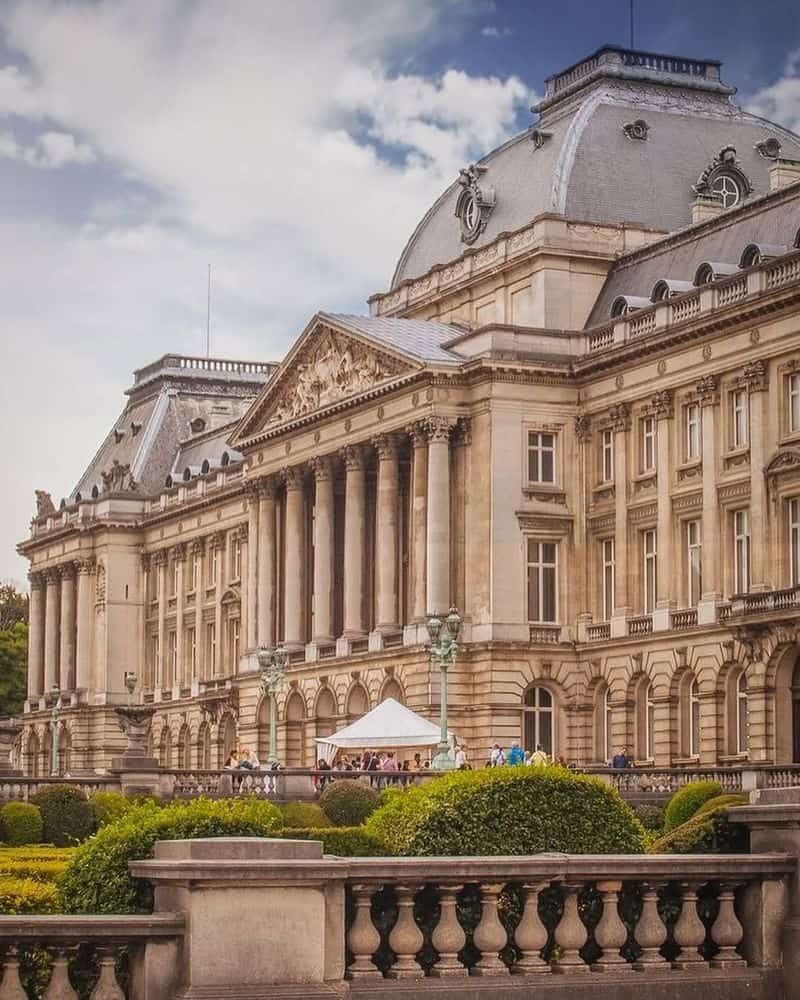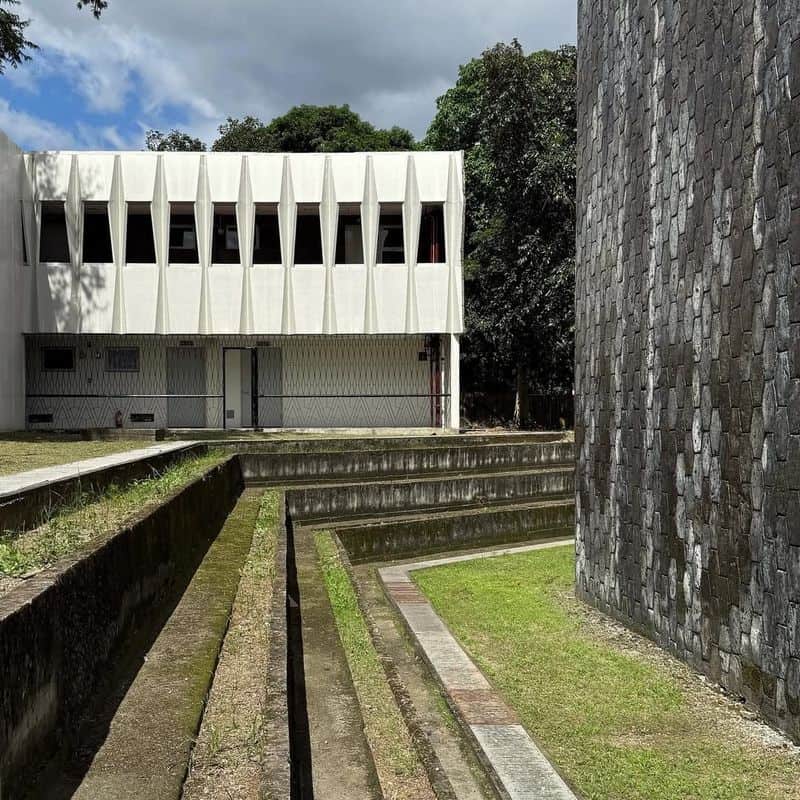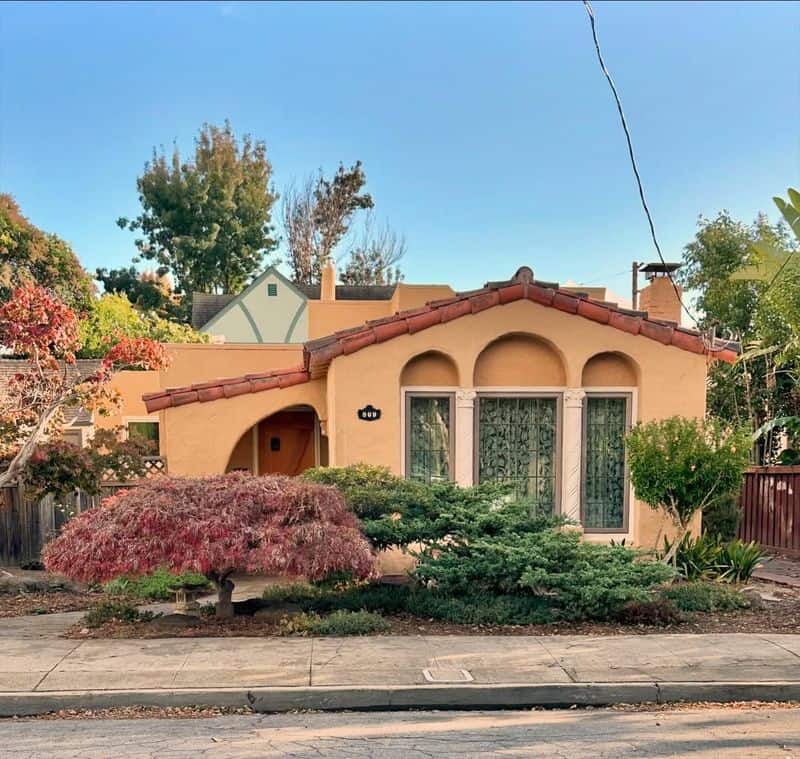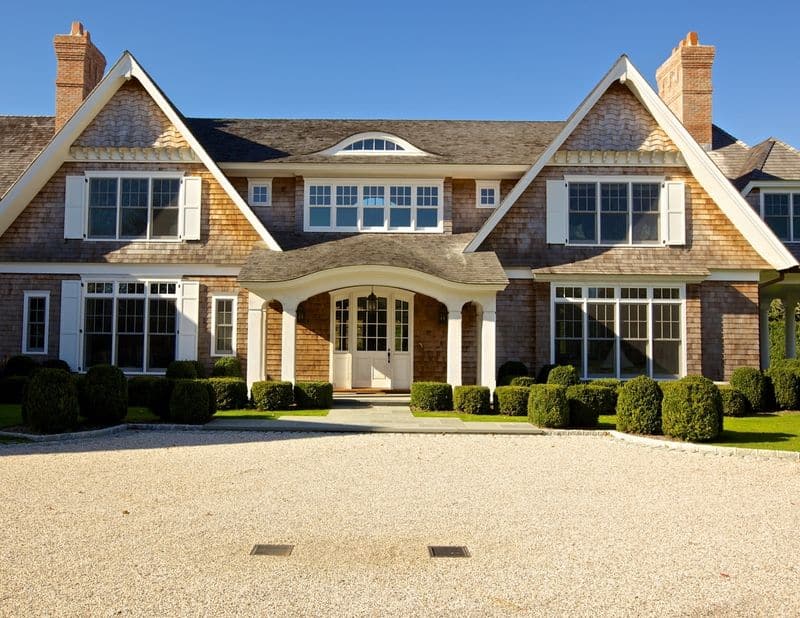Architecture has always been a testament to human creativity, capturing the essence of different eras.
From the grandeur of Classical architecture to the sleek lines of Modernism, each style offers a unique glimpse into the past and a guide for the future.
Let’s explore how these timeless architectural styles continue to inspire and slay across centuries.
1. Classical Architecture
Classical architecture, originating from ancient Greece and Rome, is the epitome of elegance and harmony.
With its iconic columns—Doric, Ionic, and Corinthian—this style has graced many of the world’s greatest structures.
Classical designs emphasize symmetry and proportion, creating aesthetically pleasing and balanced structures. Today, its influence is seen in many government buildings and monuments.
Although thousands of years old, the style’s emphasis on order and beauty remains relevant. It’s as if classical architecture whispers, “Elegance never goes out of style.”
2. Gothic Architecture
Gothic architecture is the dramatic, mysterious sibling of architectural styles. Emerging in the 12th century, it showcased pointed arches, ribbed vaults, and flying buttresses.
Gothic cathedrals are adorned with intricate stained glass windows, telling stories of saints and sinners.
Their verticality and light-filled interiors create an ethereal atmosphere. While some might find Gothic a tad over-the-top, its ability to inspire awe and wonder is undeniable.
Gothic architecture reminds us that sometimes, a little drama is just what we need to slay.
3. Renaissance Architecture
Renaissance architecture marks a return to the classical orders and a celebration of humanism. Originating in the 14th century Italy, it spread across Europe, bringing balance and proportion.
The Renaissance embraced symmetry, columns, and domes. Architects like Brunelleschi and Palladio redefined architectural standards.
This style is a testament to innovation, merging art and science. Renaissance buildings exude grace and sophistication, often adorned with frescoes and sculptures.
Whether in a grand palazzo or a quaint chapel, Renaissance architecture proves that blending past wisdom with new ideas is the ultimate way to slay.
4. Baroque Architecture
Baroque architecture is about extravagance and emotion. Originating in the 17th century, it pushed artistic boundaries with its elaborate ornamentation and bold forms.
Baroque design is theatrical, with dynamic shapes and rich materials.
This style invites us to indulge in the luxurious, with its sweeping curves and gilded details. Baroque celebrates movement and drama, engaging our senses.
It’s a reminder that architecture can be both functional and fabulously flamboyant. When it comes to making a statement, Baroque architecture is right on the mark.
5. Neoclassical Architecture
Neoclassical architecture is all about a refined elegance, revisiting classical antiquity with a fresh perspective. Emerging in the mid-18th century, it became a symbol of enlightenment and progress.
Neoclassical buildings feature clean lines, grand columns, and understated decoration.
This style embraces simplicity and symmetry, yet commands authority and sophistication. It’s where restraint meets grandeur, creating timeless spaces.
Even today, neoclassical design is favored for its clarity and dignity. It’s a style that whispers power, reminding us that true elegance is always in vogue.
6. Modernism
Modernism is the rebel of architectural styles—stripping away ornamentation for functionality. Beginning in the early 20th century, it embraced new materials like steel and glass.
Modernism focuses on simplicity, open spaces, and integration with nature. It’s about form following function, making lives easier and more efficient.
While some critics see it as cold or impersonal, modernism’s clean lines and innovative designs continue to influence contemporary architecture.
It’s proof that sometimes, less truly is more.
7. Art Deco
Art Deco is the style that jazzed up the 20th century with its sleek glamour and geometric elegance. Emerging in the 1920s, it celebrated the Machine Age with bold lines and rich materials.
Art Deco is all about symmetry, stylized forms, and luxurious finishes.
This style embraces innovation and modernity while nodding to the past. With its striking visuals and lavish details, Art Deco delivers a touch of class and pizzazz.
It’s a reminder that architecture can be both timeless and unapologetically stylish, proving how to slay with panache.
8. Victorian Architecture
Victorian architecture is the eclectic charmer of architectural styles. Spanning the mid to late 19th century, it embraced a mix of Gothic, Italianate, and Queen Anne influences.
They are as much about individuality as opulence. With their intricate details and unique character, they invite endless admiration.
Victorian architecture tells us that embracing variety and boldness is key to standing out.
9. Mediterranean Style
Mediterranean style is the laid-back, sun-kissed cousin of architectural styles. Originating in the 1920s, it draws inspiration from Spanish, Italian, and Greek designs.
Picture a villa with stucco walls, terracotta roofs, and arched doorways. It’s all about indoor-outdoor living with lush gardens and patios. This style emphasizes comfort, warmth, and natural materials.
Perfect for coastal areas, it exudes relaxation and elegance.
Mediterranean architecture tells us to embrace the simple pleasures of life. It’s a style that whispers tranquility, showing us how to slay with effortless charm.
10. Shingle Style
Shingle style is the casual, coastal charmer of architectural styles. Emerging in the late 19th century in New England, it offers a rustic elegance with its wooden shingles and asymmetrical designs.
Often found in seaside resorts, like those in Cape Cod, this style blends with the natural landscape. Shingle style homes feature irregular rooflines, porches, and stone chimneys.
It’s about comfort and informality, letting nature take center stage. This architecture whispers coziness and retreat, inviting us to slow down and enjoy life’s simple moments.
Shingle style proves that sometimes, less structure and more nature is how to slay.


